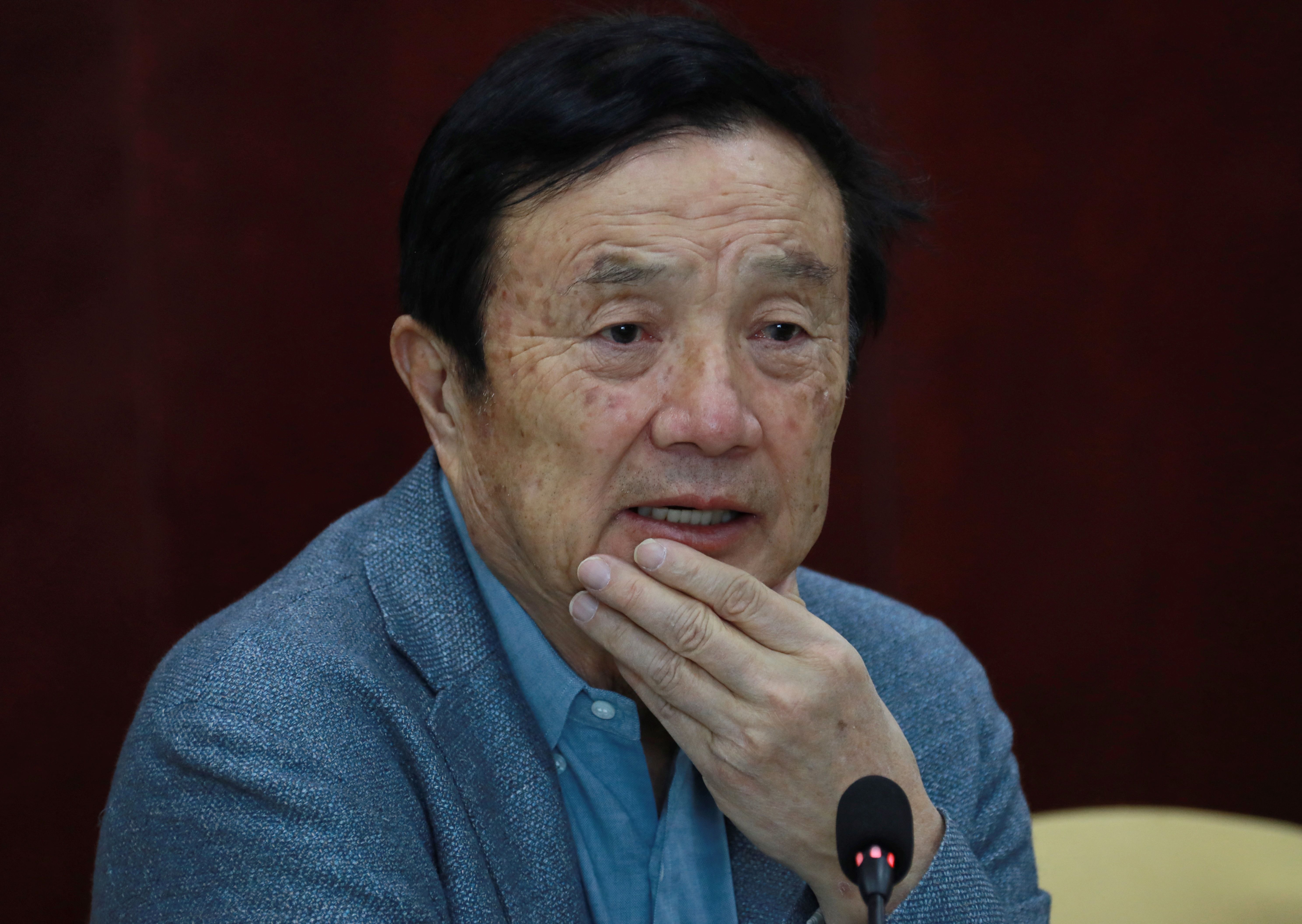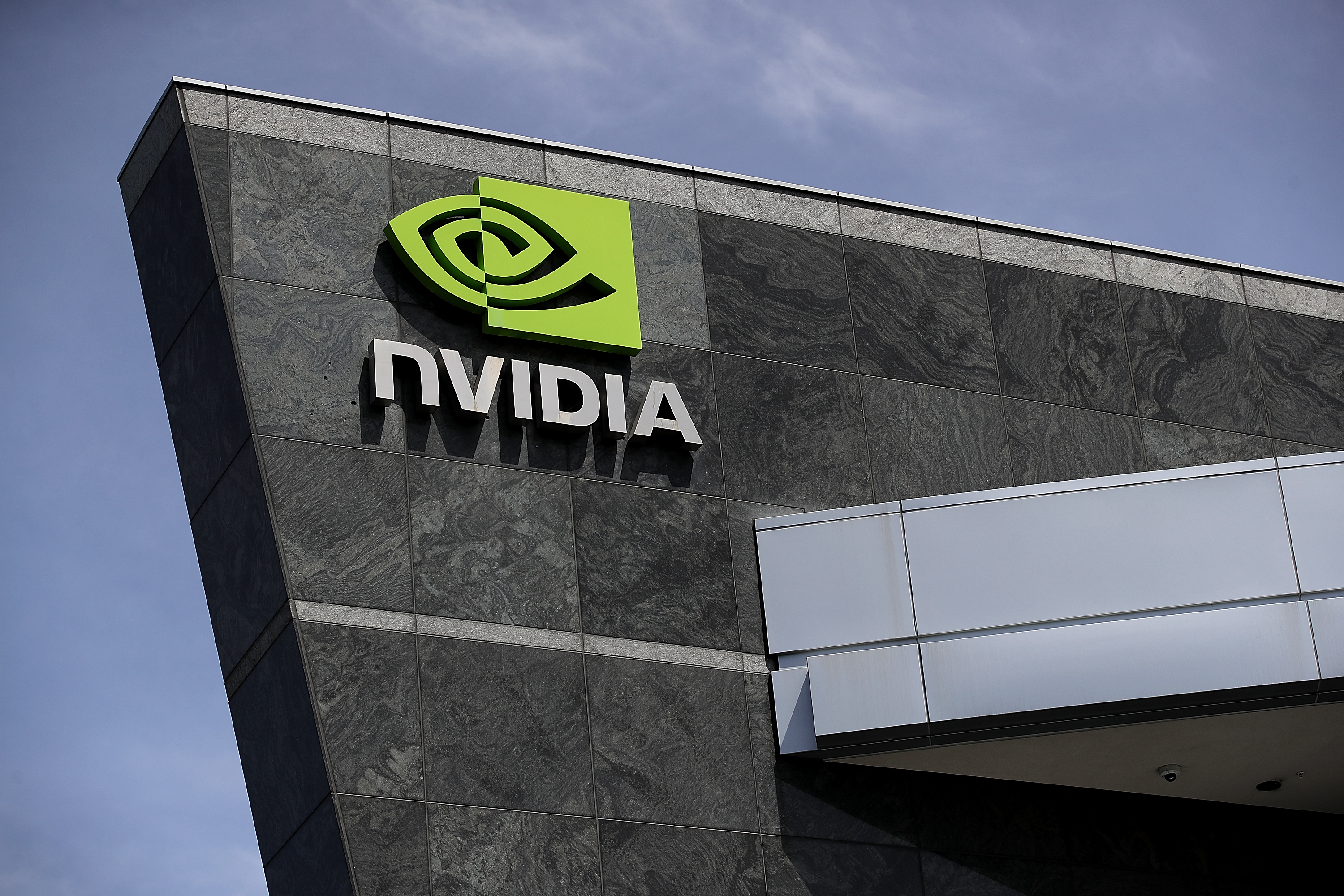
The United States has ramped up efforts to deny China access to advanced semiconductors and chipmaking technologies, thus, escalating the U.S.–China strategic competition.
Following the passage of the U.S. CHIPS Act, on Sept. 6, the U.S. Department of Commerce released its “Strategy for the CHIPS for America Fund” (pdf), a $50 billion investment to catalyze long-term growth in the domestic semiconductor industry in support of the U.S. national and economic security.
In the White House press briefing on Sept. 6, U.S. Secretary of Commence Gina Raimondo highlighted that technology companies that receive funds from the CHIPS program are not allowed to build leading-edge or advanced technology facilities in China for ten years. These “guardrails” further limit China from obtaining cutting-edge technologies from the chipmakers.
 U.S. Secretary of Commerce Gina Raimondo speaks about semiconductor chips subsidies during a press briefing at the White House in Washington on Sept. 6, 2022. (Kevin Lamarque/Reuters)
U.S. Secretary of Commerce Gina Raimondo speaks about semiconductor chips subsidies during a press briefing at the White House in Washington on Sept. 6, 2022. (Kevin Lamarque/Reuters)
The U.S. efforts to restrict Chinese access to advanced semiconductor technologies started with the Trump administration sanctioning Chinese telecom giant Huawei out of concern for U.S. national security.
U.S. Sanctions Significantly Slowed China’s High-Tech Industry
Huawei’s financial report for the first half of 2022 showed its net profit margin plummeted from 9.8 percent to 5.0 percent, indicating a significant drop in net income.
The company’s founder Ren Zhengfei reportedly told employees in late August to brace for “survival” amid the grim global economic outlook in a leaked internal memo.
“The next ten years will come down as a painful period in history, as the world economy goes into recession … Huawei needs to tone down on any over-optimistic forecast and make survival its most important creed in the next three years,” Ren wrote in the leaked memo, according to the South China Morning Post (SCMP).
 Huawei founder and CEO Ren Zhengfei speaks during a press briefing in Taiyuan, in China’s northern Shanxi Province on Feb. 9, 2021. (Jessica Yang/AFP via Getty Images)
Huawei founder and CEO Ren Zhengfei speaks during a press briefing in Taiyuan, in China’s northern Shanxi Province on Feb. 9, 2021. (Jessica Yang/AFP via Getty Images)
In May 2019, the United States placed Huawei on its entity sanctions list, preventing U.S. companies from supplying products to Huawei without permission from the U.S. Department of Commerce. As a result, Google ceased working with Huawei, and Huawei devices were denied access to Android updates.
In May 2020, the U.S. Department of Commerce offered new regulations requiring that any chip produced using U.S. technology and equipment first be approved by the United States before it can be sold to Huawei.
Since China is incapable of producing advanced chips domestically, increased U.S. sanctions have created a bottleneck at outsourced chip factories for Huawei.
The shortage of chips has also impacted Huawei’s growing auto component business.
In May 2021, Huawei’s Executive Director Yu Chengdong said on the Chinese social platform WeChat that a 20 yuan (about $3) chip would now cost around 2,500 yuan (about $375) for Huawei to obtain.
“A car needs nine such chips, and the price surge is too much [for the company] to accept,” Yu said.
Corerain, a leading Chinese artificial intelligence (AI) company, said on its website that China’s chip R&D is now in a rapid development stage but still has a “clear gap” in manufacturing compared to the advanced foundries in the world.
“Chip manufacturing requires high-end equipment such as photolithography, and China has insurmountable difficulties in [acquiring] equipment and materials,” Corerain said in the report.
Washington Tightens The Reins
China has become the largest chip consumer in the world due to the size of its domestic electronics markets and being a global production base for entire industries.
To hinder its growth, Washington has ramped up its efforts to limit Beijing’s access to pioneering chip technology.
U.S.-based chipmakers NVIDIA Corp. and Advanced Micro Devices (AMD) were reportedly told by Washington not to sell specific leading-edge chips to China (including Hong Kong) and Russia to reduce the likelihood of the technologies being used for weapons.
 The logo on Nvidia headquarters in Santa Clara, CA. on May 10, 2018. (Justin Sullivan/Getty Images)
The logo on Nvidia headquarters in Santa Clara, CA. on May 10, 2018. (Justin Sullivan/Getty Images)
The U.S. government, on Aug. 26, imposed a new license requirement for “the Company’s A100 and forthcoming H100 integrated circuits” to be exported to China and Russia, NVIDIA said in a regulatory filing with the Securities and Exchange Commission. The ban was effective immediately.
The escalated chip tension reflects the deterioration in U.S.-China relations. As a result, an increasing number of U.S. companies operating in China have become more hesitant and cautious about further investing in China.
However, to counter the grim economic outlook, the Chinese regime reportedly published misleading foreign investment data to create an illusion of increased foreign capital inflow.
Chinese Data Displays False Market Sentiments
In August, the U.S.-China Business Council, a U.S.-based nonprofit, released its “2022 Member Survey” (pdf). The report is based on responses from 117 member companies.
Most respondents are large, U.S.-headquartered multinational firms that have operated in China for more than 20 years.
The report revealed that over half of respondents paused, delayed, or canceled investment plans in China due to the country’s draconian COVID-19 response.
Similar market sentiment was also picked up by the European Union Chamber of Commerce in China (European Chamber), based on its “2022 Business Confidence Survey,” released on June 20.
“Increasing numbers of European businesses are putting China investments on hold and re-evaluating their positions in the market as they wait to see how long this uncertainty will continue,” Bettina Schoen-Behanzin, the vice president of the European Chamber, said in the report.
She added that “many are looking towards other destinations for future projects.”
Despite both the U.S. and Europe showing considerably declined market sentiments in China, the data released by the Chinese Ministry of Commerce on Aug. 18 showed otherwise.
It showed the country’s “actual use of foreign investment” in the seven months of this year had increased 17.3 percent compared to the same period last year.
However, according to a Bloomberg analysis released on Sept. 6, Hong Kong was “the source” of 76 percent of China’s claim of “actually utilized” foreign investment. The foreign capital first went to Hong Kong and was then re-directed into mainland China.
Moreover, 75 percent of the new investment went to the service sector rather than the high-end manufacturing sector as the Chinese Communist Party (CCP) had claimed.
The Chinese regime has long been accused of routinely providing false or misleading data.
Even domestically, China’s National Bureau of Statistics in May identified at least 116 enterprises in three provinces involved in data violations.
“Beijing offers incentives to foreign investments, and some people [in China] find ways to benefit from it. [They] transfer money overseas, transforming it into foreign capital and resending it back into the Chinese market. It is equivalent to laundering money,” Frank Xie, John M. Olin Palmetto Chair Professor in Business at University Of South Carolina Aiken, told The Epoch Times.